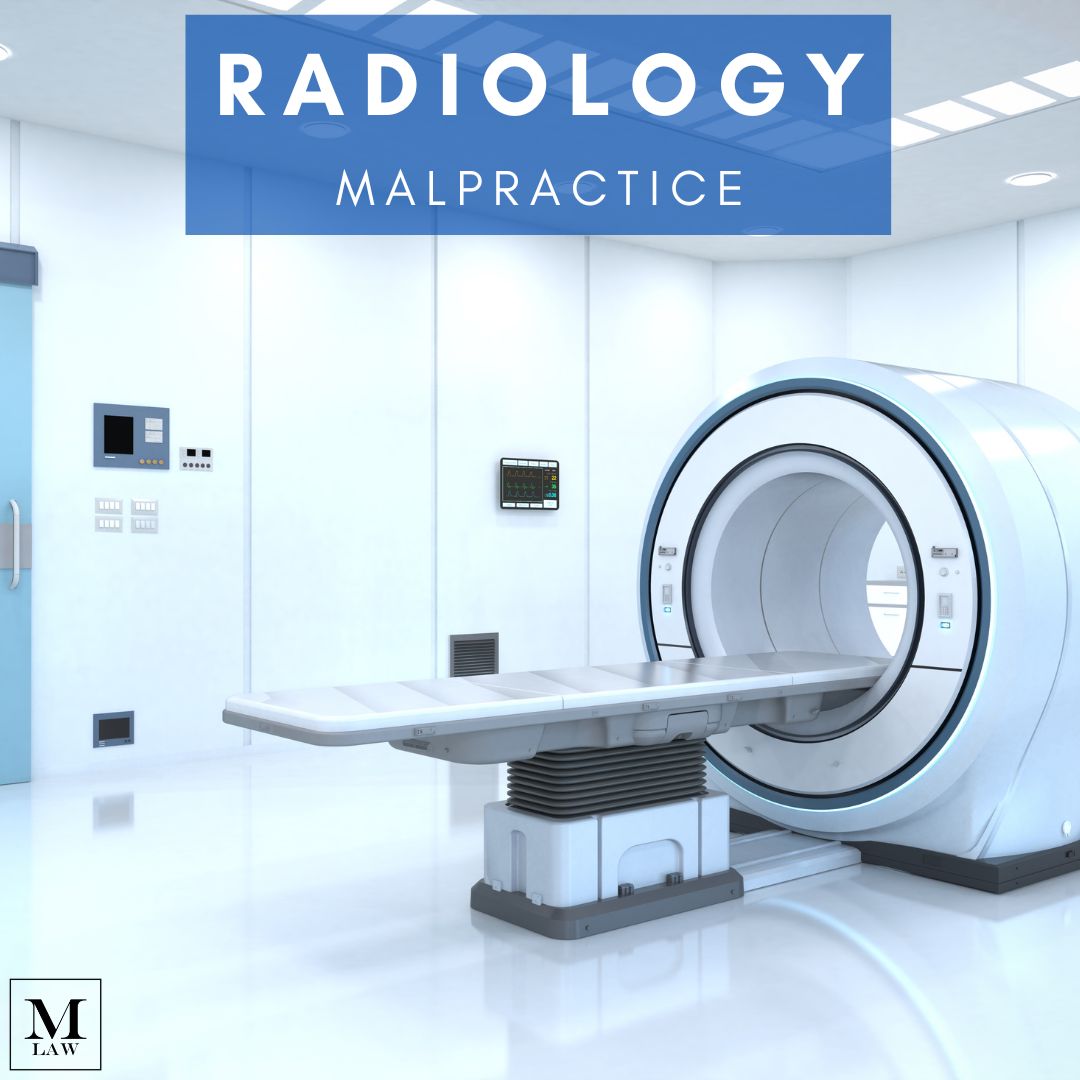Radiology plays a crucial role in modern medicine, aiding healthcare providers in making accurate diagnoses and guiding appropriate treatment plans. However, when errors occur in the field of radiology, the consequences can be severe and life-altering for patients. Radiology malpractice involves negligence or mistakes made by radiologists or other medical professionals involved in interpreting and utilizing diagnostic imaging.
What is Radiology?
Radiology is a medical specialty that involves the use of medical imaging techniques to diagnose and treat diseases and medical conditions. It utilizes various imaging technologies to produce visual representations of the internal structures and functions of the human body. Radiologists are medical doctors who specialize in interpreting these images and providing diagnostic insights to other healthcare professionals.
There are several types of medical imaging techniques used in radiology, including:
- X-ray Imaging: X-rays use electromagnetic radiation to create images of bones and certain soft tissues. They are commonly used to diagnose fractures, lung infections, and dental problems.
- Computed Tomography (CT) Scan: CT scans, also known as CAT scans, use X-rays to produce detailed cross-sectional images of the body. This imaging technique is particularly useful for examining organs, blood vessels, and detecting abnormalities.
- Magnetic Resonance Imaging (MRI): MRI uses powerful magnets and radio waves to create detailed images of organs and tissues. It is especially valuable in assessing soft tissues, the brain, spinal cord, and joints.
- Ultrasound Imaging: Ultrasound uses high-frequency sound waves to generate real-time images of internal structures. It is commonly used to examine the abdomen, pelvis, and to monitor fetal development during pregnancy.
- Nuclear Medicine: Nuclear medicine involves the use of small amounts of radioactive materials (radiotracers) to diagnose and treat diseases. It uses special cameras to capture the distribution of the radiotracer within the body.
- Fluoroscopy: Fluoroscopy is a real-time imaging technique that uses X-rays to visualize moving body structures, such as the digestive system or joints, during procedures.
Radiology plays a crucial role in modern medicine, aiding in the early detection and accurate diagnosis of a wide range of medical conditions. It allows healthcare providers to make informed decisions about treatment plans, monitor disease progression, and assess the effectiveness of interventions.
Radiologists work closely with other medical specialists, such as oncologists, neurologists, and surgeons, to provide essential information that guides patient care. Their expertise in interpreting medical images is vital for ensuring patients receive the appropriate and timely medical attention they need.
Understanding Radiology Malpractice
The accurate and timely interpretation of images is crucial for providing patients with appropriate medical care. However, radiology malpractice occurs when a radiologist fails to uphold the expected standard of care, leading to diagnostic errors and compromised patient outcomes.
Common Errors in Radiology Malpractice
Misdiagnosis or Delayed Diagnosis: One of the most serious consequences of radiology malpractice is misdiagnosis or delayed diagnosis. Failing to identify signs of a disease, injury, or medical condition can lead to delayed treatment, progression of the illness, and missed opportunities for early intervention.
Failure to Recognize Abnormalities: Radiologists must carefully analyze medical images to identify abnormalities or potential areas of concern. Overlooking or misinterpreting these critical findings can result in the omission of necessary medical attention and proper care.
Incorrect Interpretation of Images: Inaccurate interpretation of diagnostic images can lead to incorrect diagnoses and subsequent inappropriate treatments. This can have dire consequences for patients, including unnecessary medical procedures and potentially harmful medications.
Technical Errors: Radiology malpractice can also stem from technical errors during the imaging process. Inadequate positioning of patients, poor image quality, or errors in image retrieval and storage can all contribute to diagnostic inaccuracies.
Victims of radiology malpractice and their families may face significant physical, emotional, and financial burdens. It is crucial to understand that patients have the right to seek legal recourse when medical negligence occurs. Experienced medical malpractice attorneys can help affected individuals navigate the complexities of these cases, gather essential evidence, and advocate for fair compensation.
Merson Law’s expert medical malpractice attorneys can help you seek compensation for injuries that resulted from radiology malpractice. Get in touch with our team by calling our office or filling out the contact form on this page.








